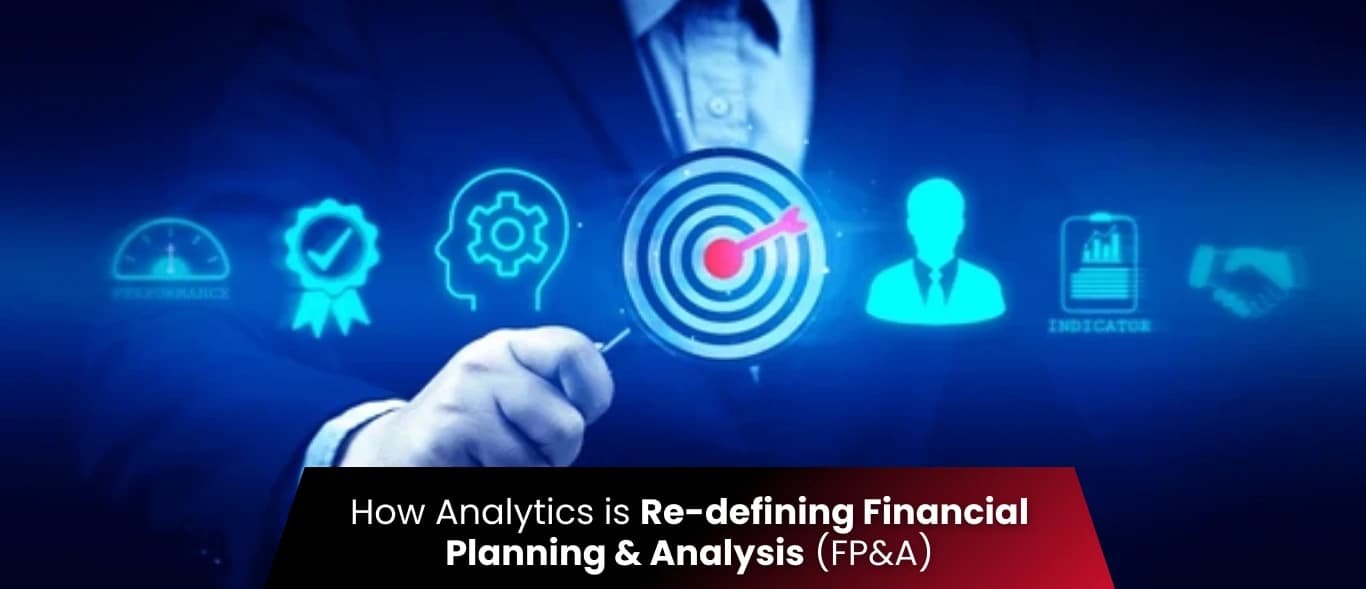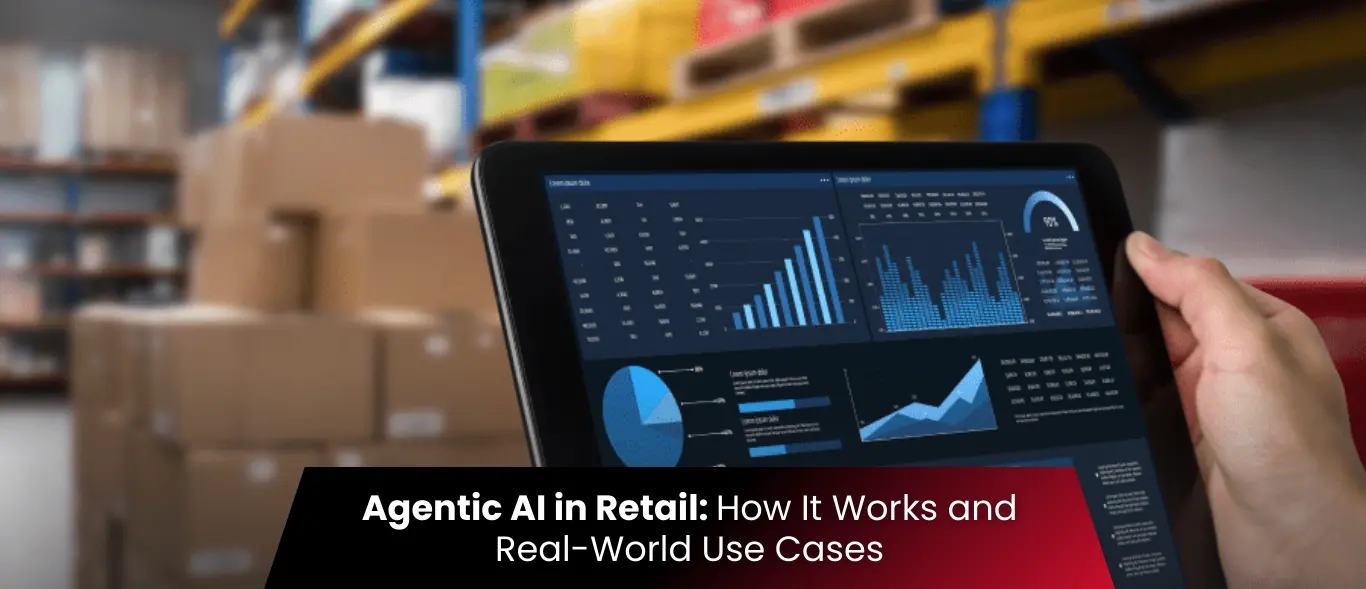Every company strives to bring in more money than it spends. But how do you know how much is coming into your company and how much is being spent? That’s where financial planning and analysis come in, both essential tools in growing a successful organization.
Today’s Chief Financial Officers (CFOs) find themselves under increasing pressure to execute Financial Planning and Analysis (FP&A) processes faster to discover insights that would augment the company’s future results.
Many finance departments find themselves tasked with faster closing times, real-time consolidation, and elimination of manual tasks, in the interest of overall business agility.
What is Financial Planning and Analysis (FP&A)
While financial planning is essentially the process of drawing up a budget based on expenses and income, and includes not only the implementation of the budget but also tracking its progress and outcome, financial analysis, on the other hand, uses the output from such planning to assess the profitability and the stability of the enterprise.
In this process, companies also use various benchmarks to help them make business decisions.
FP&A is the process of forecasting a company’s future financial performance and then analyzing that performance to make decisions about how to improve it.
The main objective of FP&A is to determine which markets or products will generate the most profit, which expenses will increase in the future, and how much your company will need to spend on those expenses.
At the end of FP&A, your company has a clear idea of its future financial position and can make decisions on how to use the extra money.
Revamp your financial operations and make data-based decisions with Express Analytics >>> Learn More
FP&A has been acknowledged as the unsung hero of most businesses. This is not due to a lack of work but because the work it does is too important and complex to be noticed by everyone.
As much as financial planning and analysis have evolved over the years from a tools-oriented job to an analytically minded profession, there remain some noticeable gaps in how they approach their role in the organization.
Most people, though, overlook its importance and impact.
Why Financial Planning and Analysis (FP&A) Is Important?
FP&A addresses issues that are much bigger than the limited scope of financial analysis.
It has the potential to impact how the organization plans for the next 10 years, how it invests its money, and how it manages the risk that its business carries.
Where are we now? By asking questions about where the company is now, you can determine if it is the best time to make significant changes to the business model, or if it’s best to hold off on change until the current business model has been exhausted.
Where do we want to go? Although there are many aspects to this question, answers typically fall into two categories: short-term goals and long-term goals.
For example, when setting up FP&A, you’ll likely set goals that focus on the following year. You may evaluate where the company needs to be to meet those goals. (The company’s business model, competitors, and similar companies are changing.)
So the role of the FP&A professional is not only under more focus but also changing. He is expected to help decision-makers within his company optimize strategic performance and resource utilization.
Financial Planning and Analysis (FP&A) Toolkit
The spreadsheet gets sophisticated. As his profile evolves, so does the FP&A toolkit (Financial planning and analysis toolkit). The traditional instrument so far has been the spreadsheet.
Many companies are continuing with the static process that has been used for decades for budgeting, forecasting, and reporting. Most fix the time frame of a year for such purposes.
Although arguably still in its early stages, modern Business Intelligence (BI) and Analytics are beginning to replace the spreadsheet or work alongside it.
Advanced techniques such as ‘rolling forecast’ are also slowly being implemented.
Unlike traditional methods, where predictions are forecast over a fixed period, such as a quarter or a year, the rolling forecast technique requires that the number of periods in the forecast remain constant.
For example, if the periods of your forecast are monthly over a year, then as each month passes, another is added at the end of the forecast.
So a company is essentially regularly forecasting 12 monthly periods in the future.
Financial Planning and Analysis (FP&A): The outcome? The rolling forecast method provides businesses with a periodically updated view of opportunities, including built-in alerts at different points in time.
While a handful of organizations are incorporating such modern techniques in their budgeting process, the number is still small.
The use of Predictive Analytics or demand planning is at the very early stages of adoption.
Almost 60 percent of respondents surveyed by a research team sponsored by Grant Thornton, regarding how data was utilized to assist in an organization’s decision-making, said it was used for “simple aggregation of loss and exposures.”
Only 24 percent had revealed that data was used for Predictive Analysis techniques to project their company’s future outcomes. This means even companies are literally “wasting” all that big data.
On the brighter side, one of the many conclusions reached by this research was that a growing number of CFOs and controllers are actively encouraging their teams to enhance their analytical skills and business knowledge.
It found there was also growing interest in analytical approaches such as driver-based planning and rolling forecasting.
Indeed, like the conclusions drawn by the Grant Thornton study, industry experts feel that the ever-increasing pressure to strengthen a company’s bottom line will lead them to adopt advanced analytical techniques to drive financial performance.
Interested in knowing how financial data analytics benefits your business? Get in Touch
As and when they do, they will be better aligned with their business strategies, will derive more value from their budgeting processes, and, in turn, have more reliable forecasts compared to those companies that do not implement such techniques.
6 Must-have Requirements of Financial Planning and Analysis Software
What are the six must-have requirements in financial planning and analysis software? FP&A software is essential for any business looking to manage its finances effectively.
It provides a variety of tools to help you plan and analyze your financial performance. For a software to be considered a “must-have,” it should have the following six features:
- The ability to create budgets and forecasts
- The ability to track actual results against budgeted or forecasted figures
- The ability to generate detailed reports on financial performance
- The ability to track key performance indicators
- The ability to create reports on financial ratios
- The ability to connect directly to web-based software and/or software on desktop computers
5 Benefits of Financial Planning and Analysis
What are the benefits of financial planning? Strategic Financial Planning & Analysis (FP&A) is all about understanding and measuring the relationship between your organization’s goals and resources.
To do this, FP&A professionals are constantly exploring, evaluating, and determining the best ways to leverage various financial resources, including financial management tools (such as budgeting software) and external funding sources (such as grants or sponsorships).
Financial planning & analysis, or strategic financial planning & analysis, also involves evaluating potential investment opportunities in new products and services, geographic expansion, product lines, and business units, and the replacement of existing services.
Here are 5 of the benefits of FP&A analysis
1. By using data, you remove bias from decision-making, which in turn improves the competitiveness of your business and so propels the growth of an organization.
2. Useful for preparing timely reports from the FP&A analysis of existing data.
3. Helps with risk mitigation.
4. Provides insights for decision-making on a timely basis.
5. Helps establish clear goals for the enterprise in the short term as well as over a period of several years.


